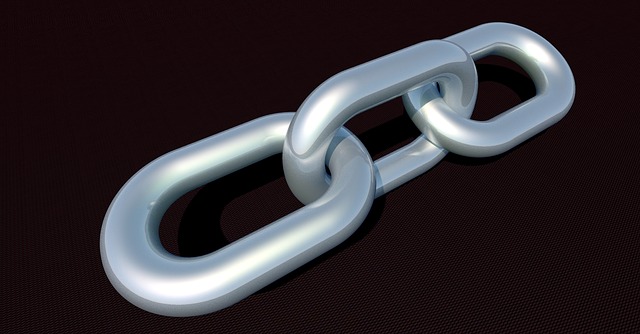
Internal links, when used effectively, provide a web of connections between material connected to a certain topic, assisting your audience in discovering what they need much beyond the original post or article they land on while engaging with your site.
The internal connection is, of course, important from a technical standpoint. The appropriate method will assist you in removing broken links and redirect loops while also increasing site authority.
What Advantages Do Internal Links Offer?
There are seven significant advantages to connecting your sites. You may better optimize for your target audience by comprehending the how and why of internal connections.
Improve user experience
When it comes to ranking variables, SEO does not follow a rigid formula. There is to lot to think about between RankBrain, Hummingbird, BERT, and other factors. The user experience has become the primary concern as a result.
So it’s good to know that internal connections are essential to creating that online experience. They provide your audience the chance to learn more and educate themselves on a particular area of interest.
Consider this illustration from our blog. You could be reading this article on homepage SEO from the perspective of the audience. When the subject of crawlers is brought up, you discover that you don’t know as much about them as you ought to. Voila, a link inside the page takes you to a primer on web spiders.
Strengthen Engagement Metrics
You may encourage visitors to explore further and read more pages on your website by clearly outlining the path they should take.
This actively attempts to enhance time on page and decrease bounce rate two extremely crucial user experience metrics to monitor!
Encourage Users to Convert
Building an internal link structure in your eCommerce site enhances user navigation, ultimately guiding your target audience to a transaction. A meaningful link, particularly from your early-funnel content, can promote conversions by drawing your readers deeper into the funnel.
Links on your homepage direct people to your content marketing. Individual blog entries inside that framework direct visitors to gated information, a free trial, or a product page. Your audience goes from being unaware to being leads and consumers in an instant.
To construct a connection network in this manner, you must examine it through the prism of the buyer’s trip. Consider it in the same manner that you would consider content mapping.
Build the Architecture of Your Website
Site taxonomy, or how your material is organized inside your menus and navigation to go from your homepage down to your deeper-lying pages, is the fundamental structure of your website.
But the structural taxonomy is just one aspect of your website architecture. Internal linking adds another layer to the network of pages and material that we’ve already spoken about.
Your structural taxonomy is probably divided into several subjects and subtopics that make sense from the standpoint of the homepage. Your services are located in a separate section from the information about our company.
What happens, though, if you need to connect from one subject to another?
That is not conceivable with a linear taxonomy. Your website’s second level
Use descriptive keywords in anchor text that provide a sense of the topic or keywords that the source page is seeking to target.
In this structure, the bare minimum of connections is employed to connect any two pages. The crawl depth is a number that reflects the distance between a page and the main page. A deeper crawl may affect the crawl ability of a page.
Important pages that generate money ought to have a shallower drawl depth while still retaining a clean and well-structured site layout.
This is advantageous since it increases each page’s likelihood of ranking by allowing link equity (ranking power) to flow across the whole site. Many high-performing websites use category and subcategory systems to implement this structure.
Links That Can Only Be Found Through Internal Search Bars
It is predicted that millions of pages are buried behind entirely inaccessible internal search box barriers since spiders won’t try to conduct searches to uncover information.